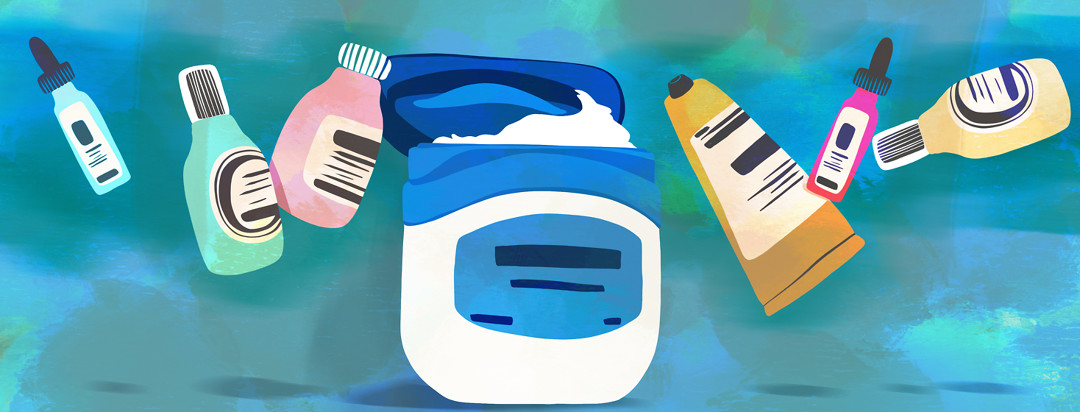Making My Own Eczema-Friendly Facial Moisturizer
A number of years ago, when I lived in the country and had a herb garden, I made most of my own skincare products. Over-the-counter creams always seemed to have ingredients that didn’t agree with my allergies. At one point, I even used to make my own version of Vaseline using different oils and local beeswax to see if local beeswax would make a difference. Sadly, it didn’t. But now with age and the desire for a less labour-intensive routine, I’ve chosen to do as much as possible with “store-bought” products.
Why have "store bought" eczema products changed?
Many more things are available now than there were twenty or more years ago. I think the manufacturers are more aware of the need to get away from so many chemicals and use more natural ingredients. They’re also learning what the more knowledgeable consumers will accept.
Why do I use moisturizer on top of CeraVe cream?
Some of you might remember when I wrote about my pharmacist’s recommendation of CeraVe cream when I couldn’t get my irritated, burning face to clear up. It worked, and for the most part, still does. But it’s not moisturizing enough for my severely dry skin by itself. I still need a moisturizer applied on top of it. For this, I now start with a purchased cream as a base and add to it, to get the consistency and moisturizing qualities I need.
What do I use as my moisturizer base?
I used Glaxal Base at first, and really, either one works, but this very similar product edged it out. Vaseline Intensive Care Problem Skin Therapy (in a 220 ml tub usually found in the baby aisle) has now become my go-to base for a facial moisturizer. It says it repairs severely dry skin. I find it’s too thick as is to use on my face, but with a few small additions, it works beautifully. It absorbs quickly and doesn’t feel greasy. By itself, when my face is calm and clear, it’s perfect. But if I have an allergic reaction, or my skin starts to feel even a bit iritated, I start using the CeraVe first again.
How do I make homemade eczema moisturizer?
These are the things I add to this base. I measured them for the first time today so I could say how much I use of each. But remember, these amounts are approximate and just a suggestion to give you a starting place if you decide to try it.
- 1/2 of the tub of Vaseline Intensive Care Problem Skin Therapy - I use just half of the tub at a time as it’s easier to mix.
- 1 tsp of glycerin which is hygroscopic, so it draws water in from the environment
- 1 tsp aloe vera gel for its antiseptic and anti-inflammatory properties
- 2 tsp olive oil, or light mineral oil, almost any light oil you like would work
- 1 - 2 tsp distilled water until you get the consistency you feel is best for your skin. If you don’t have distilled water, you could boil tap water and let it cool.
What ingredients can you add?
Also, I always use a wooden or plastic stick to stir with, as I’m not sure what reaction a metal one might cause.
If your skin allows it, you could add small amounts of any vitamins or essential oils you like and feel will help but remember many of them can be irritating. Now put some of that lovely moisturizer in a smaller container to reduce the chance of adding a contaminant to the whole batch when you use it. If you try it, please let me know what you think!

Join the conversation